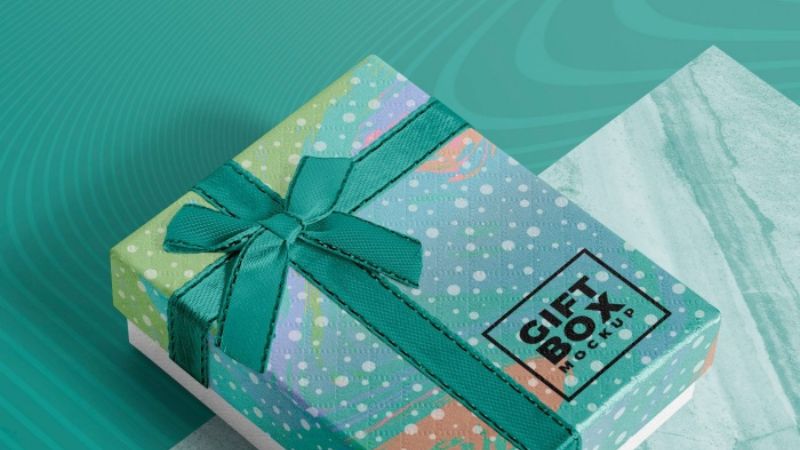In today’s competitive market landscape, where consumer choice is vast and product quality increasingly comparable, the role of packaging has transcended mere protection and functionality. Custom boxes packaging has emerged as a strategic element in branding, enhancing the unboxing experience, and optimizing logistics. This comprehensive article explores how custom boxes are tailored to meet the needs of various industries, the benefits they offer, the design process involved, and future trends in the packaging sector.
The Evolution of Packaging
Packaging has evolved significantly from its traditional role of simply containing and protecting products. Modern packaging solutions are expected to be aesthetically pleasing, environmentally friendly, and functional in terms of promoting a brand. Custom boxes, which are designed to fit a product perfectly, have become a central part of this new packaging paradigm. They not only ensure product safety but also serve as a key marketing tool that companies use to influence consumer perception and behaviour.
Why Custom Boxes?
1. Branding and Consumer Experience
Custom box packaging allows brands to create a unique and memorable consumer experience. From the color and shape of the box to the texture of the material and the printed design, every element can be customized to align with the brand’s identity and values. This customization helps in building brand recognition and loyalty by providing a visual and tactile experience that stands out in a crowded market.
2. Protection and Sustainability
Custom boxes are designed to fit the dimensions of the product closely, which reduces the risk of damage during shipping by minimizing movement inside the box. Moreover, with an increasing focus on sustainability, these boxes can be made from recycled materials and are often designed to be reusable or easily recyclable, aligning with eco-friendly business practices.
3. Cost Efficiency
While custom packaging might seem more expensive initially, it can be cost-effective in the long run. Tailor-made designs reduce the need for additional packing materials such as bubble wrap or packing peanuts, which not only cuts down on material costs but also on shipping costs, as the package dimensions can be optimized to fit more products into delivery trucks, thereby maximizing shipping efficiency.
The Design Process of Custom Boxes
The process of designing custom boxes is both an art and a science. It involves several key steps:
1. Understanding Product Needs Designers start by understanding the product that will be housed in the box, including its dimensions, weight, fragility, and how it will be used by consumers. This is crucial for determining the structure and material of the box.
2. Brand Alignment The next step involves translating the brand’s identity into the packaging design. This includes selecting colors, logos, and typography that reflect the brand. For products that sit on store shelves, the design also needs to consider how it will attract attention in a retail environment.
3. Prototype Development Once a design is conceptualized, a prototype is made. This prototype is tested to ensure it meets all functional requirements such as product fit, protection, and durability. Adjustments are often made based on feedback from this testing phase.
4. Production After finalizing the design and prototype, the custom boxes are manufactured. Advanced printing and cutting technology allows for high-quality production that is both swift and scalable.
Trends in Custom Box Packaging
The future of custom boxes is shaped by several emerging trends:
1. Digital Printing Innovations Digital printing technology has revolutionized custom box production by allowing for faster turnaround times and lower costs, even for small batches. This technology also enables more complex and vibrant designs that were not possible with traditional printing methods.
2. Smart Packaging Integration of technology such as QR codes, NFC chips, or RFID tags makes packaging interactive. These technologies can provide consumers with additional product information, authenticate products, and even integrate with home automation systems.
3. Sustainability Driven by consumer demand and regulatory pressures, more companies are moving towards sustainable packaging solutions. This includes using biodegradable materials, implementing designs that require less material, and systems that encourage recycling.
Conclusion
Custom boxes packaging stands at the intersection of functionality, aesthetics, and sustainability. For businesses, they offer a powerful tool for differentiation and branding while also addressing practical concerns of protection and cost efficiency. As technology and consumer expectations continue to evolve, custom box packaging will continue to play a critical role in the success of products in various industries. Through continuous innovation in materials, design, and technology, custom boxes are set to redefine the future of packaging.


